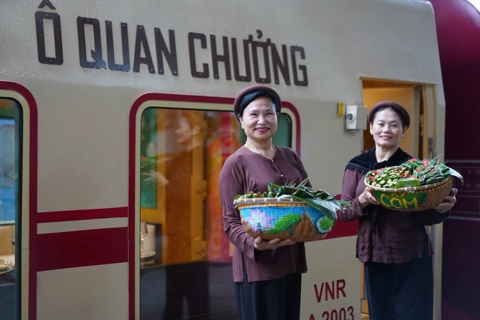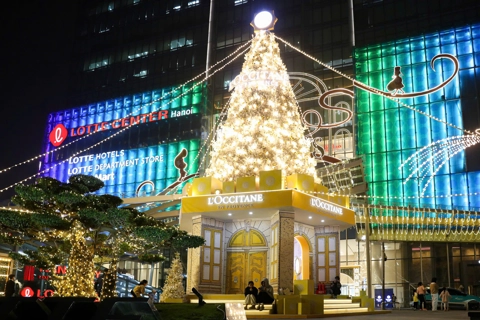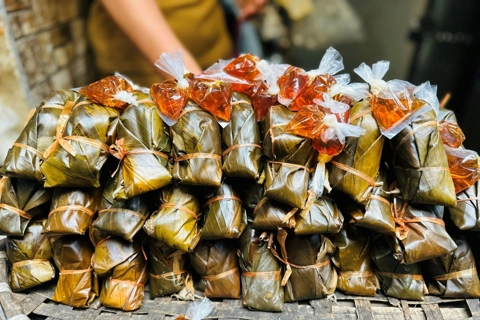Life
Xoan singing to be recognized as Intangible Cultural Heritage of Humanity
Jan 26, 2018 / 11:20 AM
Xoan singing from northern Phu Tho province will receive the official recognition as an Intangible Cultural Heritage of Humanity from UNESCO in a ceremony at Lai Len Shrine, Viet Tri city, Phu Tho on February 3.

Xoan singing to be reconized as Intangible Cultural Heritage of Humanity.
|
“The province will also honour outstanding Xoan singing practitioners and repair and renovate historic relics associated with the tradition,” Vice Chairman of the provincial People’s Committee Ha Ke San said.
San stressed the need to develop a communication strategy to bring Xoan singing closer to the public and highlight it as a signature local tourism product. Xoan singing is a performance art attached to the cult worshipping Hung Kings and performed by farmers growing wet rice in the midland areas, mainly in Phu Tho province.
Xoan singing originated from several localities in Phu Tho province, including the guilds of Phu Duc, Kim Doi, Thet (Kim Duc commune) and An Thai (Phuong Lau commune), Viet Tri city.
There are three forms of Xoan singing: the singing to commemorate Hung Kings and village guardian gods; the ritual singing to pray for good crops and good health; and the festive singing, which is a form of love duet.
Often practiced in spring, Xoan singing is a combination of poetry, music, singing, and dance. There exist tight connections between poem and rhythm, and the meaning of the poem unites with the music itself. Xoan singing has three types: recital melody (hat noi); chanting melody (hat ngam ngoi), and praising melody (hat xuong).
Xoan singing is organized into Xoan guilds, each including 15-18 people, including 2-9 male instrumentalists called ‘kep’ and 6-12 female singers called ‘dao.’ Each guild is headed by an old man who has a thorough knowledge of Xoan singing, referred to as the ‘Trum.’
Xoan Singing was transferred to the Representative List of the Intangible Cultural Heritage of Humanity in December 2017 in recognition of the efforts by local communities and national authorities to keep the tradition of Xoan singing alive.








